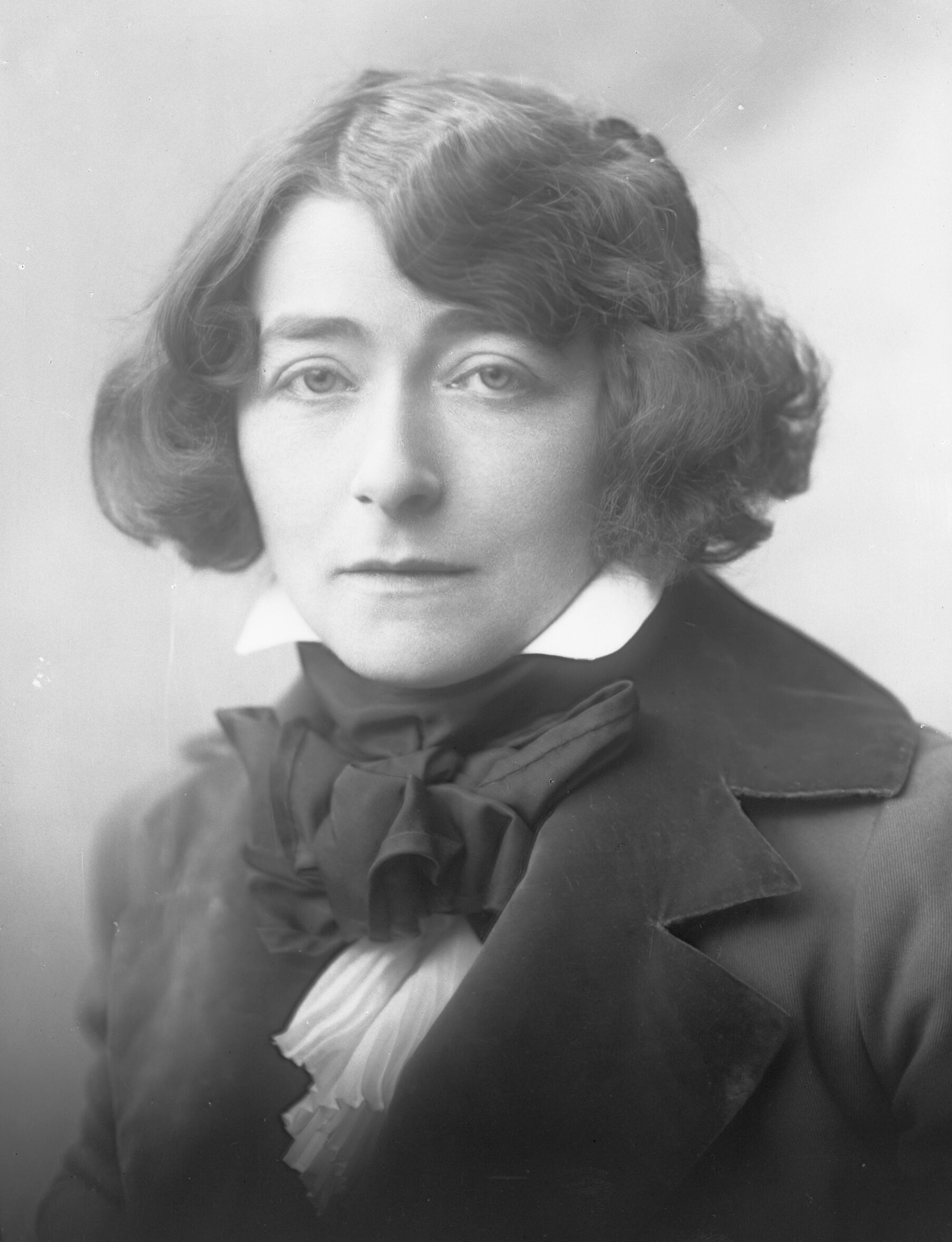






Bibendum chair






Bibendum chair






Bibendum chair























Please share your email address with us for information on all developments through Beluga Interior Architecture.
Made with ♥ by TBTCREATIVE! © 2022 belugaim.com All rights reserved——
Corporate · Help · User Agreement · Legal